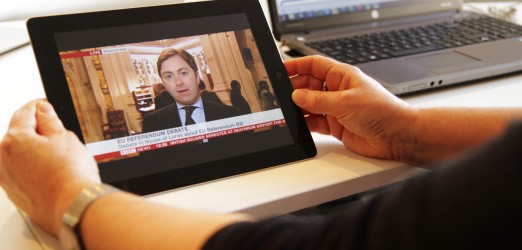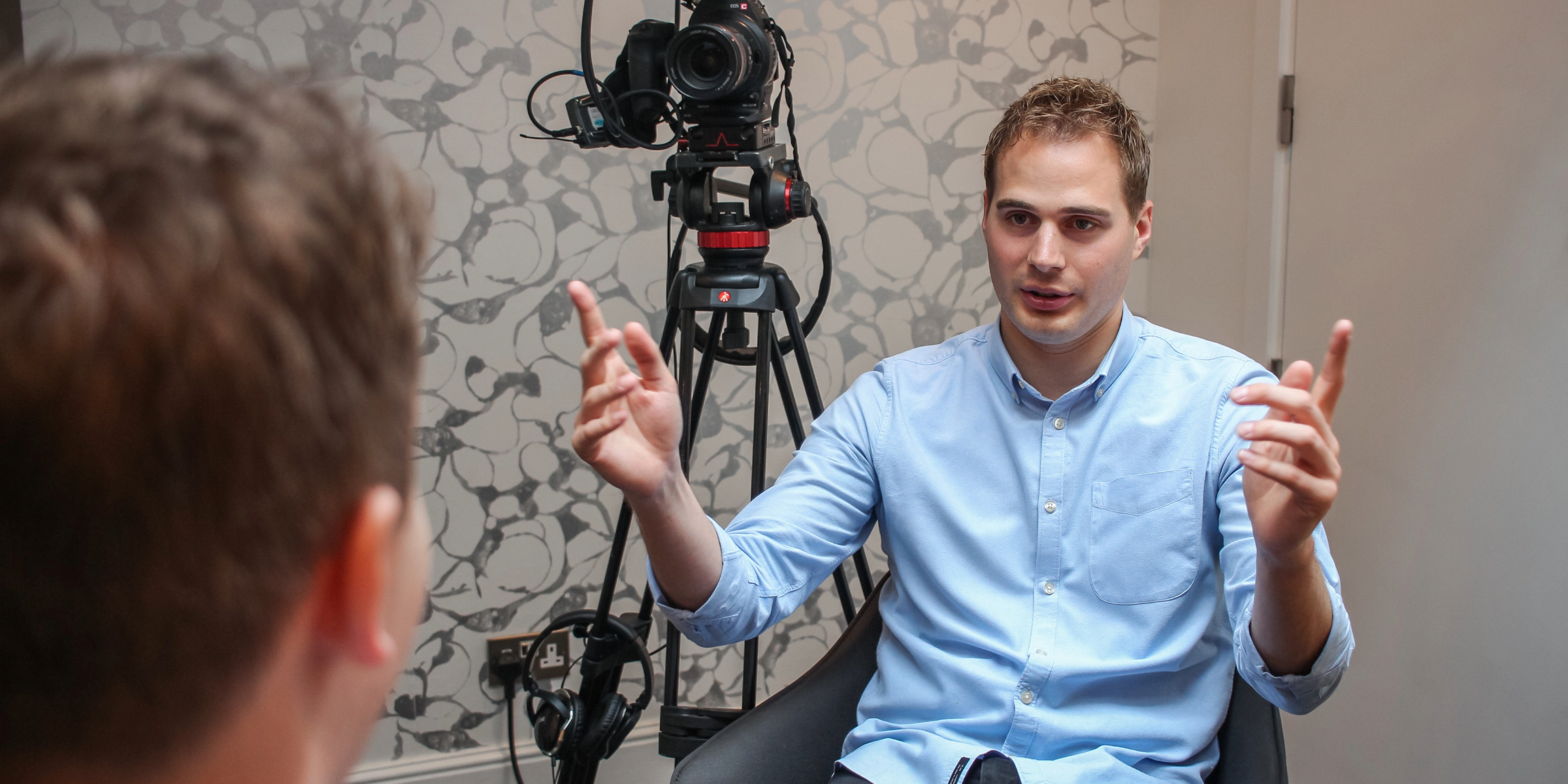When it comes to “spray and pray” PR, broadcast, with its massive audiences, can pay huge dividends in terms of PR coverage.
Let’s not knock it. The BBC’s News at Ten for example attracts an audience of around 5.4 million and even a regional news programme such as ITV’s London Tonight can have around 400,000 viewers. So, if you get your story to enough viewers or listeners it’s going to have resonance with some of them, right?
But sometimes campaigns lend themselves to a more strategic approach where less really is more.
Going local
The last few years has seen a plethora of small, local radio stations spring up. They fall into the “less is more” category because they might have a smaller audience than BBC regional stations and a lot of commercial radio broadcasters, but they’re beloved by clients because they get a really good chat. The interviews are generally live, so great for communicating key messages and branding, and they often last for several minutes. That’s several minutes of engaging with an audience that enjoys talk radio.
These stations are fantastic for the client who wants to get really local. For instance, we did a radio campaign for a car manufacturer who loved them because we could target stations within a short drive to their dealerships. That meant the story had a direct relevance to the listeners. For the car manufacturer there was more value to an interview on a small station, with around 10 thousand listeners all within a few minutes drive to one of their dealerships, than there was to a short soundbite on a much bigger station whose audience is spread across several counties.
Local stations are quite a contrast from what you get on many commercial stations. These tend to be music based and a news bulletin on a station like Capital or Heart can be as short as 60 seconds. Yes that’s the news bulletin. It’s not a typo, I didn’t mean soundbite! Less is more on these commercial stations because you don’t get much airtime – but they do reach larger audiences, audiences that include a big proportion of young, yet relatively affluent listeners.
Creating the optimal video
And let’s not forget video, where less is more on account of our habit as viewers to switch off! Research suggests your average viewer can lose concentration after just a minute of watching. We recommend online video be no longer than 1.5 – 2 minutes in duration and we also try to introduce some sort of device around the minute mark to try to keep viewers engaged. This could be an editing effect, a change of music, a sudden change of tone…whatever suits the video content.
Targeting small audiences
Finally, campaigns targeting niche audiences can fall into the less is more category too. There’s no point getting coverage on BBC Radio 4’s Today programme if you’re promoting a brand whose target market is youth. Better one opportunity on Radio 1 (who target the under 25s) than several interviews on stations courting an older audience.
The power of online
Online is very good for youth too, and also for specialist subjects such as health, or fitness. Your older audience meanwhile is more likely to be found watching the lunch time news on TV – they’re the ones more likely to be at home at this time, as are parents with small children, which is why you get more health stories on those bulletins!
Find out more about how you to maximise your next PR campaign with the power of video. Download our free guide now for expert tips on getting the most out of your next PR video.




